Soldier Blue is a 1970 American revisionist Western film directed by Ralph Nelson and starring Candice Bergen , Peter Strauss , and Donald...
Soldier Blue is a 1970 American revisionist Western film directed by Ralph Nelson and starring Candice Bergen, Peter Strauss, and Donald Pleasence. Adapted by John Gay from the novel Arrow in the Sun by T.V. Olsen, it is inspired by events of the 1864 Sand Creek massacre in the Colorado Territory. Nelson and Gay intended to utilize the narrative surrounding the Sand Creek massacre as an allegory for the contemporary Vietnam War. {full_page}

Released in August 1970, the film drew attention for its frank depictions of violence, specifically its graphic final sequence. Some film scholars have cited Soldier Blue as a critique of America's "archetypal art form [the Western]," with other interpretations ranging from it being an anti-war picture to an exploitation film.

|

|
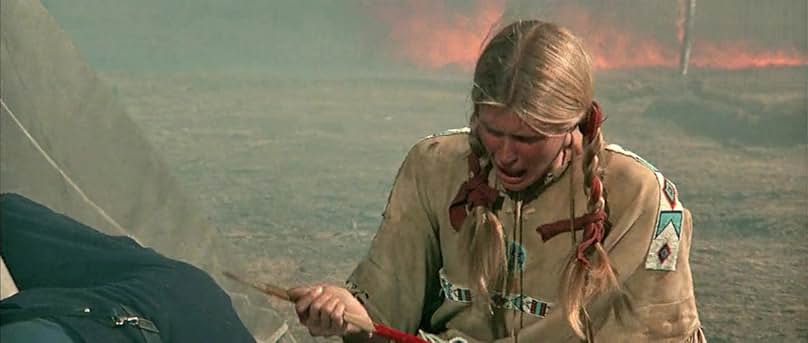
|
In 1877 Colorado Territory, a young woman, Cresta Lee, and young Colorado Private Honus Gant are joined together by fate when they are the only two survivors after their group is massacred by the Cheyenne. Gant is devoted to his country and duty; Lee, who has lived with the Cheyenne for two years, is scornful of Gant (she refers to him as "Soldier Blue" derisively) and declares that in this conflict she sympathizes with them.


The two must now try to make it to Fort Reunion, the army camp, where Cresta's fiancé, an army officer, waits for her. As they travel through the desert with very low supplies, hiding from the Native Americans, they are spotted by a group of Kiowa horsemen.
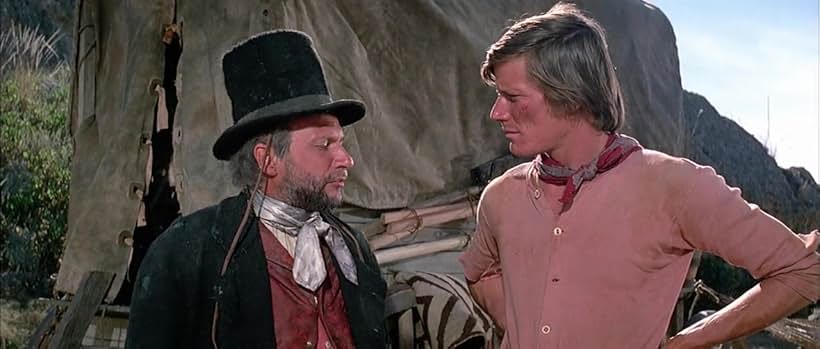
|

|
Under pressure from Cresta, Honus fights and seriously wounds the group's chief when the chief challenges him. Honus finds himself unable to kill the disgraced Kiowa leader, whose own men stab him leaving Honus and Cresta alone.


The ideological gulf between them is also revealed in their attitudes towards societal mores, with the almost-puritanical Honus disturbed by things Cresta barely notices.
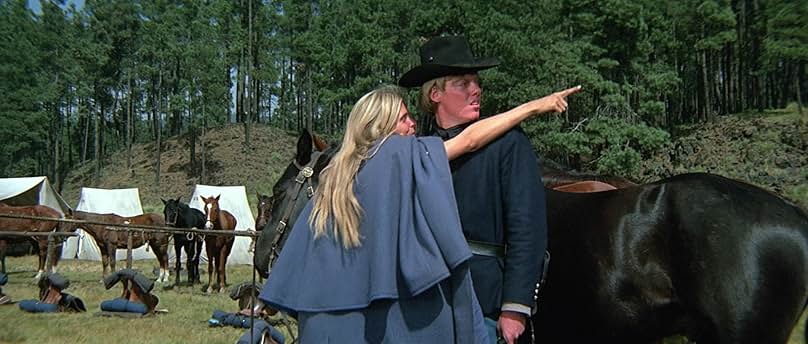
|

|

|
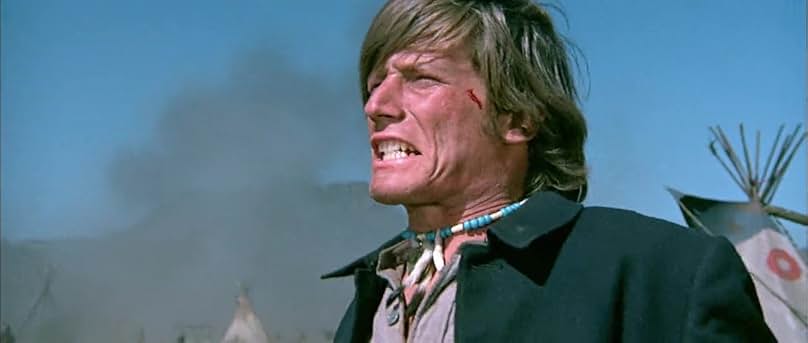
|
The duo are pursued by a corrupt trader who sells guns to the Cheyenne, but whose latest shipment of weapons Honus has managed to destroy.


An injured Honus finds himself in a cave where Cresta has left him to get help. She arrives at Fort Reunion, only to discover that her fiancé's cavalry unit plans to attack the peaceful Native American village of the Cheyenne the following day.

|
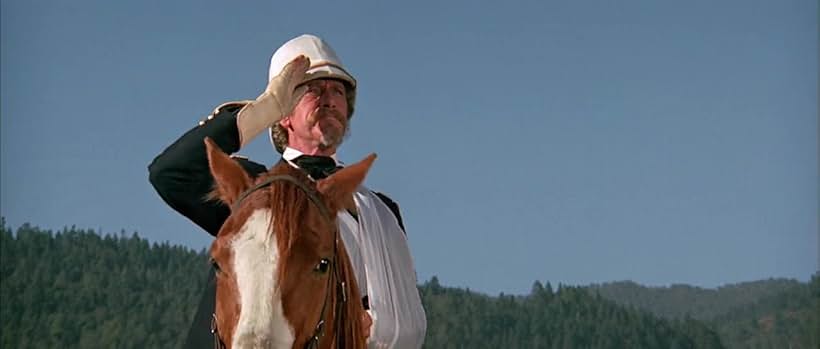
|
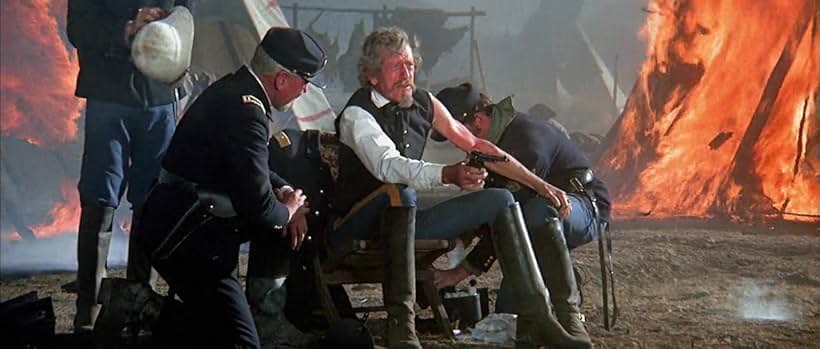
|
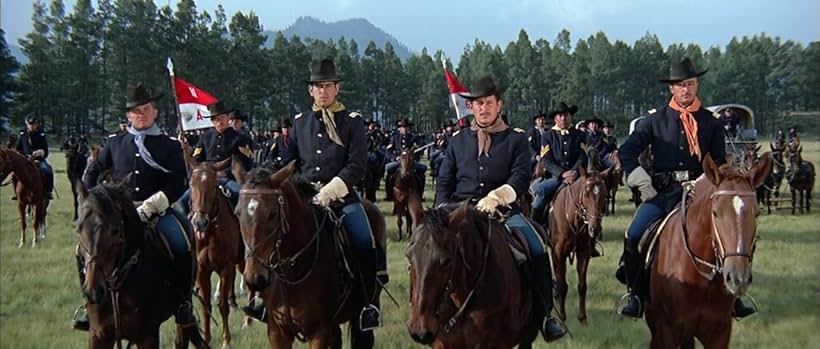
|


She rides to the village in time to warn Spotted Wolf, the Cheyenne chief. The chief does not recognize the danger and, under a U.S. flag, rides out to extend a hand of friendship to the European American soldiers. The soldiers, however, obey the orders of their psychopathic commanding officer and open artillery fire on the village.
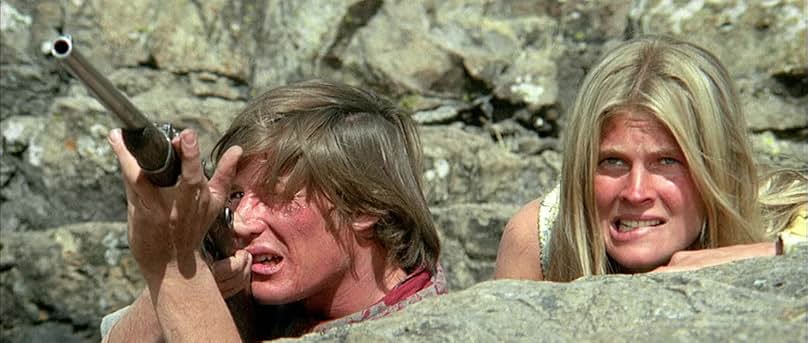
|
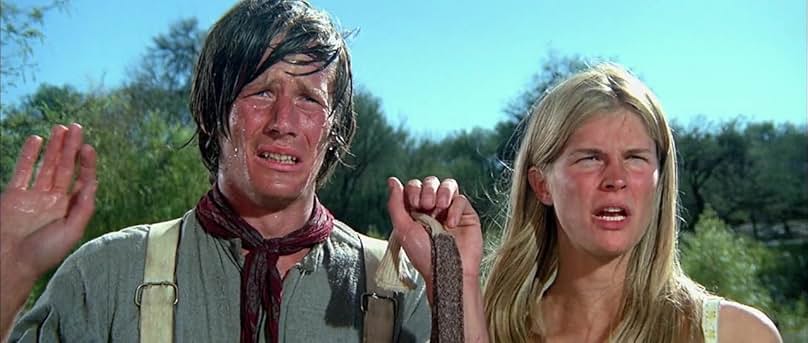
|
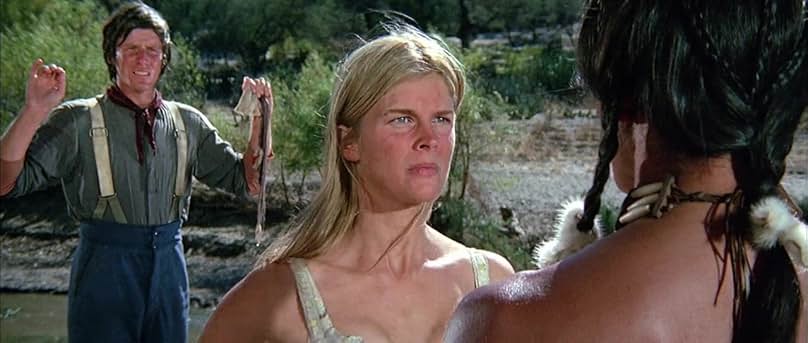
|
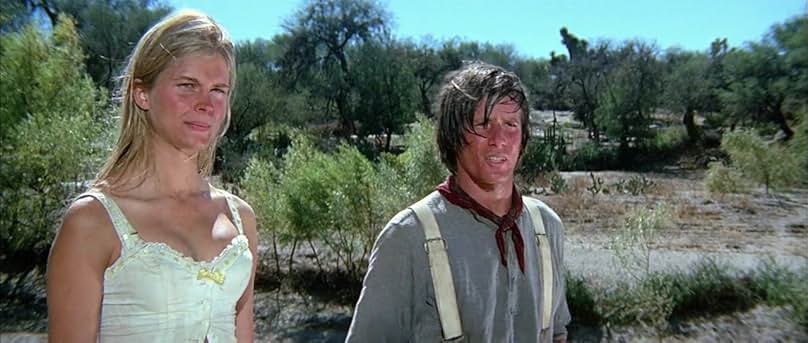
|
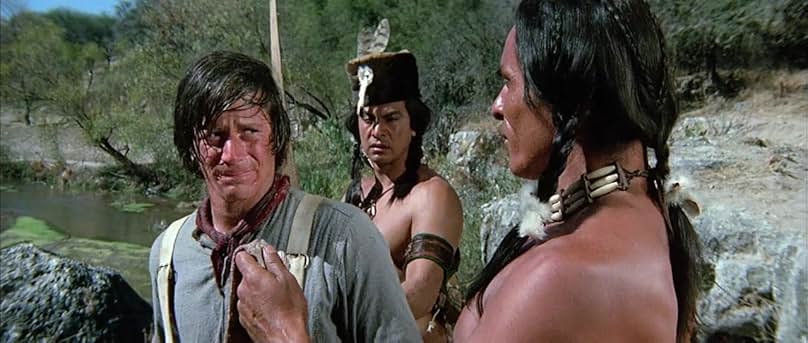
|
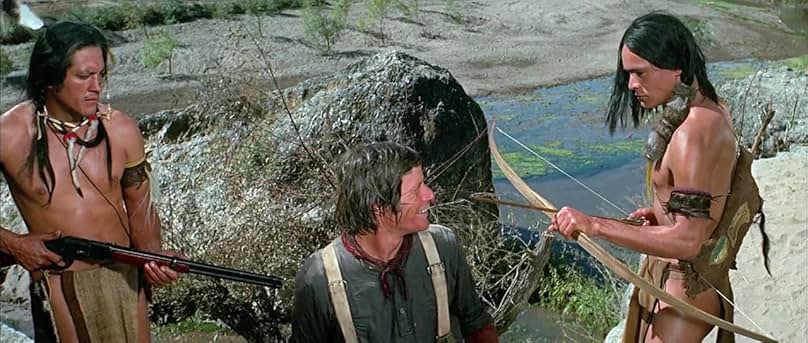
|
After a cavalry charge decimates the Native American men, the soldiers enter the village and begin to rape and kill the Cheyenne women.




Honus attempts to halt the atrocities, to no avail, and he is later arrested for treason by his own comrades. Cresta attempts to lead the remaining women and children to safety, but her group is discovered and massacred, though Cresta herself survives and is arrested for treason by the soldiers.
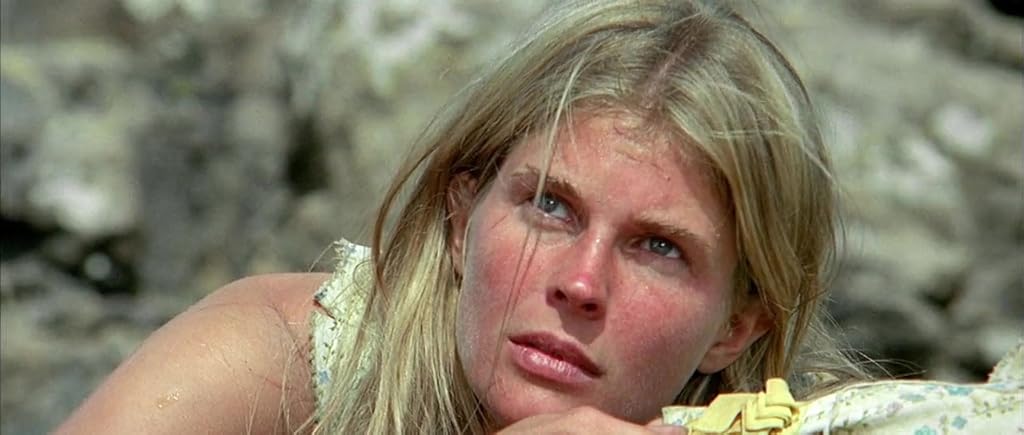
|

|

|

|
Honus is dragged away chained behind an army wagon while a despairing Cresta is left with the few Cheyenne survivors.


Candice Bergen as Kathy Maribel "Cresta"
Lee
Peter Strauss as Honus Gant
Donald Pleasence as Isaac Q. Cumber
John Anderson as Colonel Iverson
Jorge Rivero as Spotted Wolf
Dana Elcar as Captain Battles
Bob Carraway as Lieutenant McNair
Martin West as Lieutenant Spingarn
James Hampton as Private Menzies
Mort Mills as Sergeant O'Hearn
Jorge Russek as Running Fox
Ralph Nelson (credited as "Alf Elson") as Agent Long

|
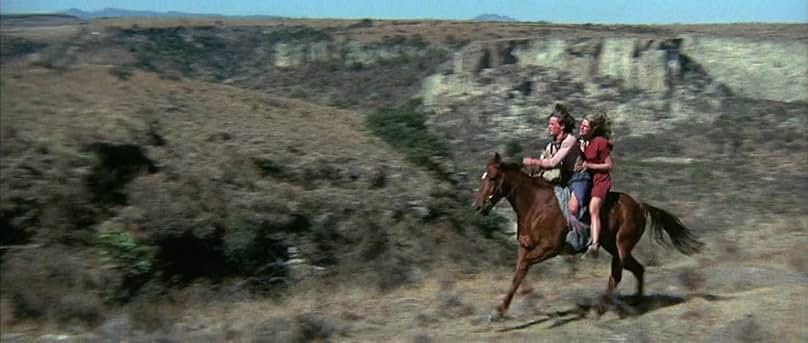
|
The film provided the first motion picture account of the Sand Creek massacre, one of the most infamous incidents in the history of the American frontier, in which Colorado Territory militia under Colonel John M. Chivington massacred a defenseless village of Cheyenne and Arapaho on the Colorado Eastern Plains.
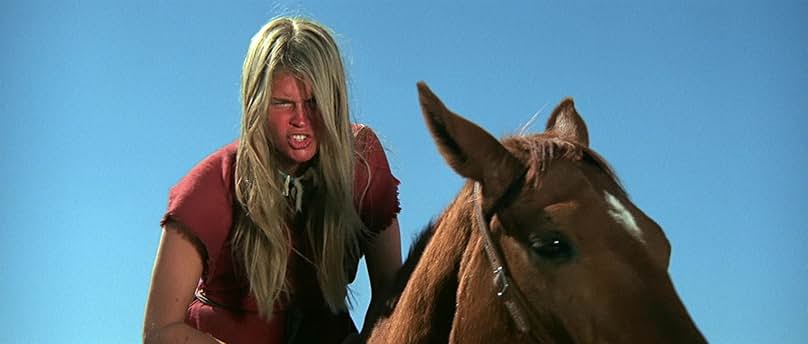
The account of the massacre is included as part of a longer fictionalized story about the escape of two white survivors from an earlier massacre of U.S. Cavalry troops by Cheyenne, and names of the actual historical characters were changed. Director Nelson stated that he was inspired to make the film based on the wars in Vietnam and Sơn Mỹ

|
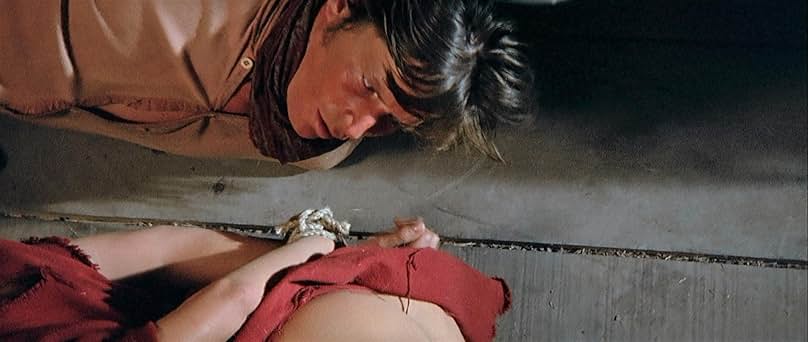
|

|
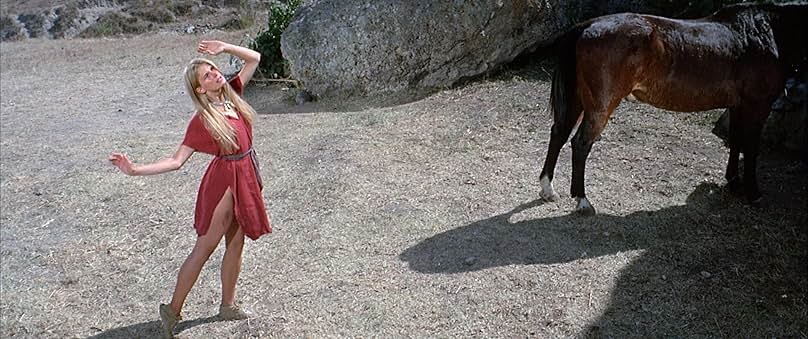
|
Origin Wikipedia.....
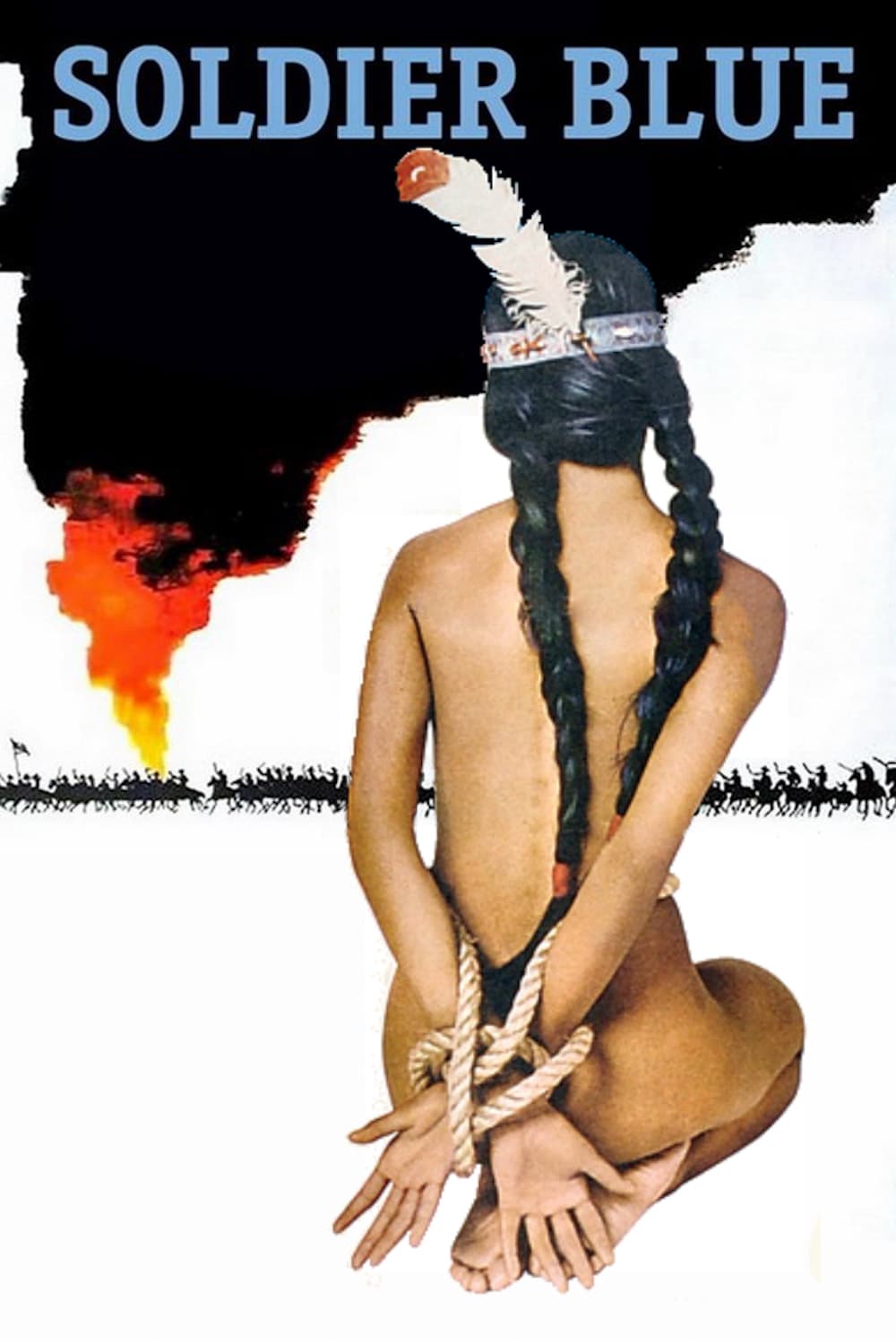
|
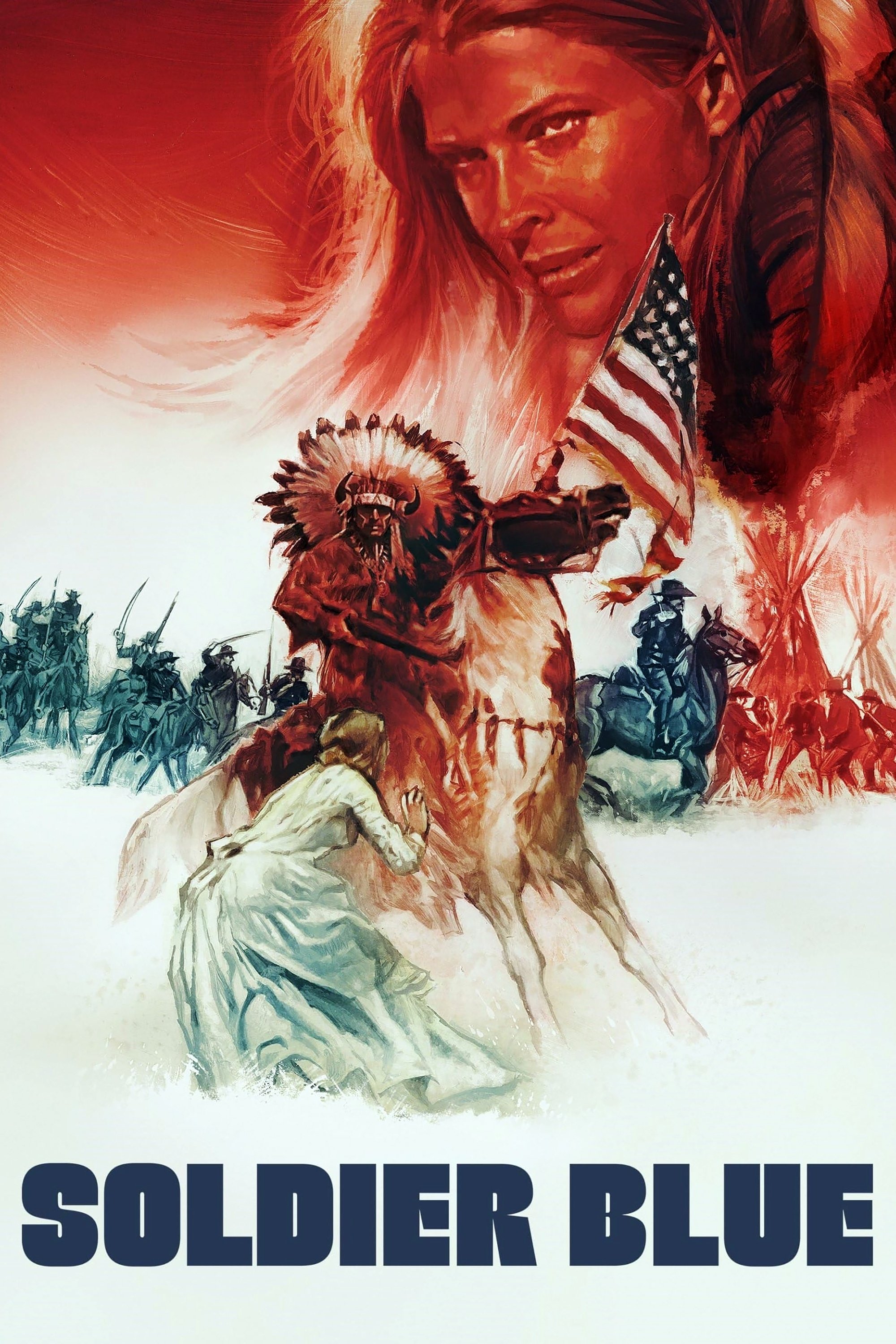
|
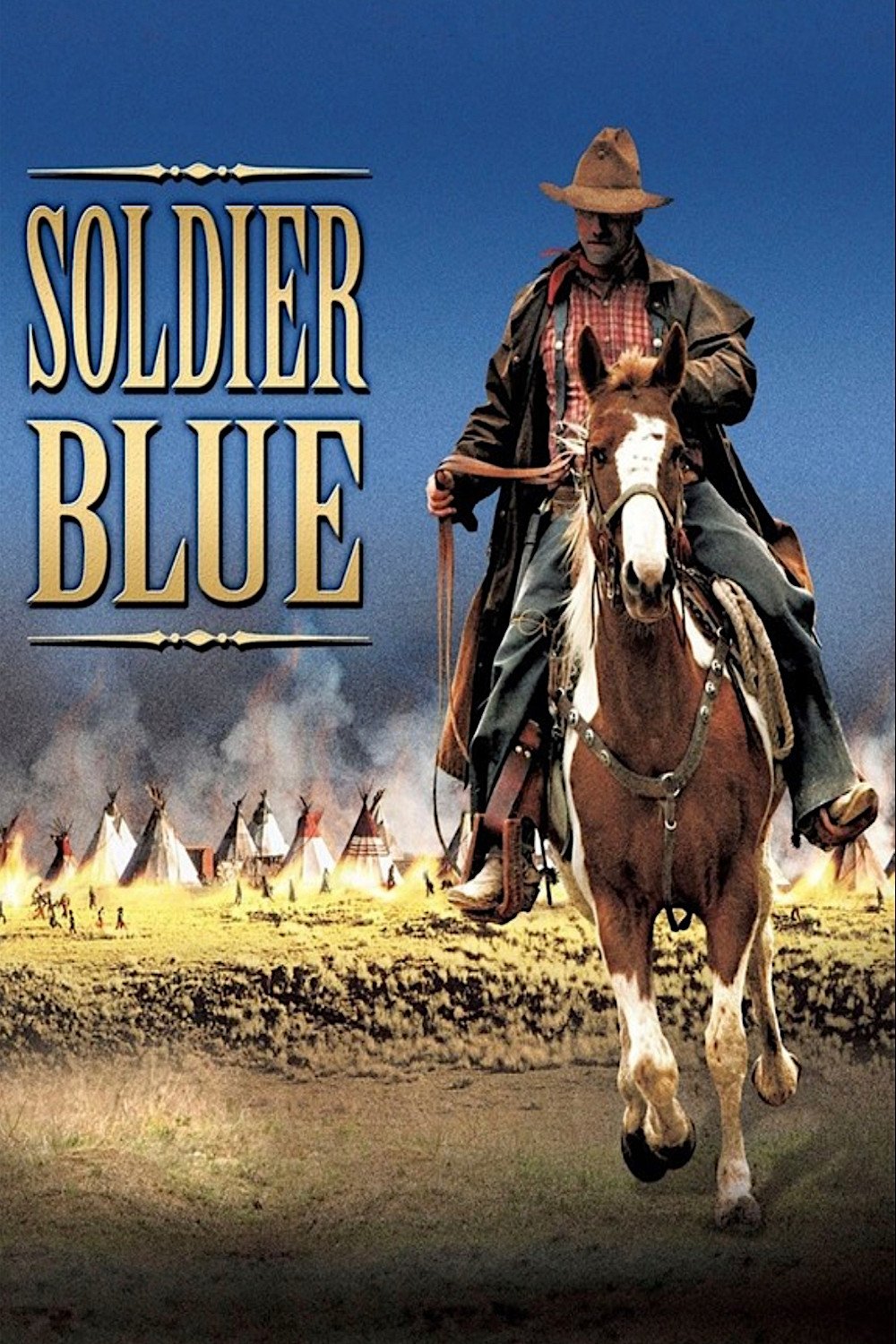
|
![[headerImage]](https://blogger.googleusercontent.com/img/b/R29vZ2xl/AVvXsEiw39UuDuC8oqlGyNMHVmd6eUOdZg_pEYpQ5IQ_fKMKhgAecNlIcZoIDJu2gpSNOVfx8Ev6AqklD2pkbhSYJ-AhnN9GClewm_bvPoiIBwQb_6gYO96yHC-QQ7fTC7AeMHlbzVYTy8c6ncxxcW34ZtWecipau_n6YCZ6oKccfRS3zC2INZmxYcK8_lpp1AQ3/s16000/MV5BMjY1YTIzOGMtZTdjYS00NGM2LThkNDctNWU0OWZlMDhiYTFjXkEyXkFqcGdeQXVyMTE4MDg3NTIz._V1_FMjpg_UX1024_.jpg)

















No comments
Post a Comment